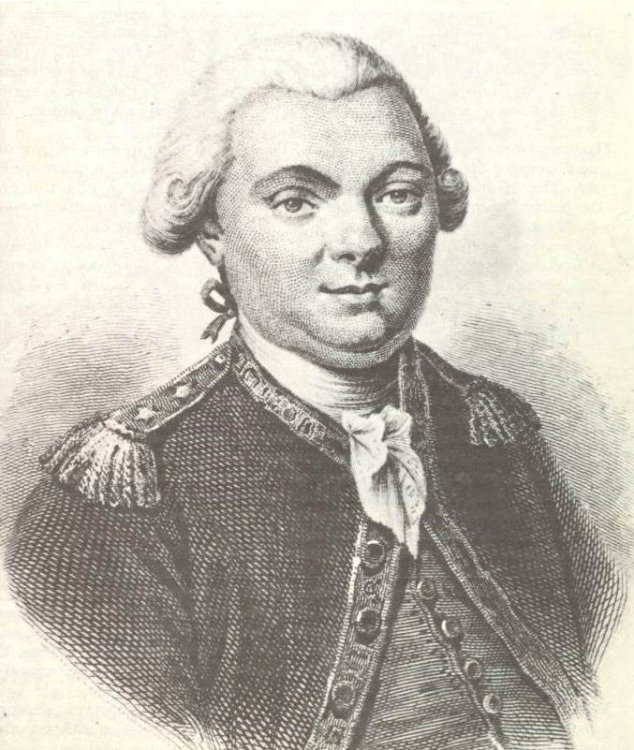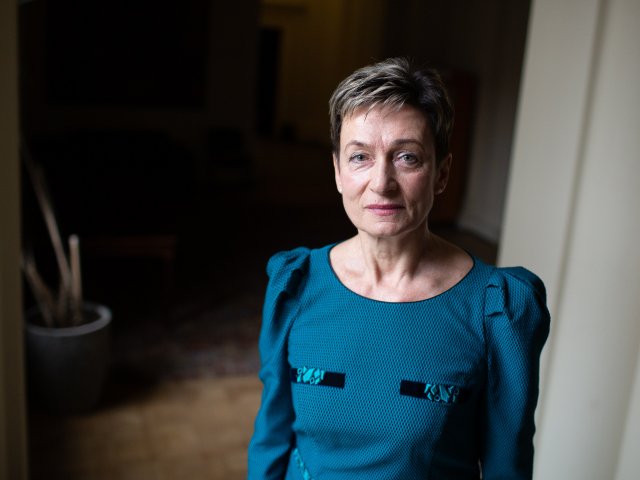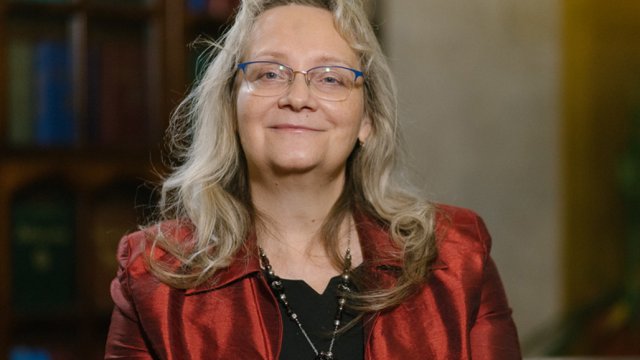Official:
Jean-Francois de Galaup, Comte de Laperouse. August 22, 1741 – 1788. Great French explorer, geographer.
Life and Work:
1. And letters from the continent will fly with many stops
To reach the farthest harbor of the Union,
Where I am throwing pebbles from an overhanging shore
That’s facing Laperouse in its seclusion.
The poet Mikhail Tanich is complemented by the poet Yuli Kim, who successfully rhymes “Laperouse” with an “enormous medusa.” And both of them are speaking about the very Laperouse, after whom the strait separating the Russian island of Sakhalin from the Japanese island of Hokkaido is named.
2. The real name of the great French explorer is Jean Francois de Galaup, comte de Laperouse. He was born in 1741 at Galaup Manor in Languedoc, France.
3. Before embarking on the famous but fatal expedition, the scion of an aristocratic family entered Ecole navale in Brest.
4. Even before graduating from the school, the count participated in the Seven Years’ War. At the age of 18, in a naval battle in Quiberon Bay in the Bay of Biscay, Laperouse was wounded and captured, but eventually released.
5. Later, Laperouse had a chance to sail various seas and launch two expeditions to India, simultaneously preventing the local princes from capturing the French fortress of Mahe. In Mauritius, from where these expeditions were made, the count met his future wife, the creole Eleanor Broudou.
6. Then France intervened in the United States War of Independence, and Laperouse could not stay away: among other feats of arms, the captain captured two English forts in Hudson Bay.
7. But all this turned out to be just a prelude to the main achievement of his life. In summer of 1785, Jean-Francois de Galaup, comte de Laperouse embarked on an expedition around the globe. Louis XVI personally instructed him: “To discover all the lands that escaped Captain Cook’s sharp eyes.”
8. People were struggling for the right to enter the number of two hundred and twenty participants of this expedition, and Napoleon Bonaparte lost this fight – they removed the 16-year-old lad from the lists. He wept, but he lived – unlike those who sailed from Brest on frigates L’Astrolabe and La Boussole on August 1, 1785.
9. Apart from ship sailors and officers, on board of L’Astrolabe and Boussole were an astronomer, a doctor, three naturalists, a mathematician, three artists, and several priests. The expedition had many scientific objectives: geographical, ethnographic, and economic.
10. Performing the assigned scientific objectives, Laperouse and the expedition visited Chile, Alaska, California, crossed the Pacific Ocean with a stop in Macau, paid a visit to Manila, sailed to the coast of Southeast Asia, explored the Korean Peninsula coast, and discovered the strait between Sakhalin and the island of Hokkaido, which was later named after him.
11. Laperouse failed to discover the Strait of Tartary. Rising above 51 degrees north latitude, he noticed the constant decrease in depth and decided that Sakhalin was a peninsula connected to the mainland by a sandy isthmus. Thus, the honor of discovering the Strait of Tartary went to the Russian Admiral Gennady Ivanovich Nevelsky.
12. After the discovery of the strait, Laperouse and the expedition visited Petropavlovsk-Kamchatsky, then Samoa, and from there reached the Botany Bay discovered by Cook off the coast of Australia, on the shores of which Sydney had already been founded. After sailing from Sydney in January 1788, the expedition disappeared without a trace.
13. Till the end of his days, Louis XVI was interested in the fate of the expedition. For the last time, he inquired about its fate when going up to the scaffold.
14. Many years later, in 1826, the Irish explorer Peter Dillon discovered many objects of clearly European origin among the inhabitants of the island of Santa Cruz in the western Pacific Ocean: mirrors, silver forks, spoons, and even a sword hilt with initials. The captain managed to find out that the natives traded all these items from the denizens of the neighboring island of Vanicoro. The sword belonged to Jean-Francois de Galaup, comte de Laperouse. His ships run upon the rocks of the Solomon Islands.
15. A monument to Laperouse was erected in the town of Albi in Languedoc, not far from the manor where he was born. There is also a monument to him in Russia. And it has been there for a long time: in 1843, a wooden, iron-sheathed column with the inscription “To Laperouse” was erected in Petropavlovsk-Kamchatsky. Later, the monument was destroyed, and now it stands in another place, but still in Petropavlovsk-Kamchatsky. And it looks different: an inscription on the block of gray granite wrapped with an anchor and an anchor chain reads, “In memory of Laperouse, 1787”.
16. In 1997, a memorial stone was erected in the village of Terney in the Primorsky Territory, Russia, in honor of the discovery of the Bay of Ternay, which Laperouse named after the French Admiral Charles d’Arsac de Ternay.






















